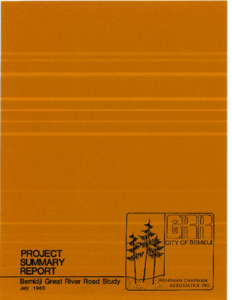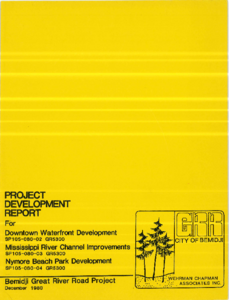Transportation-based classifications of Minnesota's counties and metropolitan statistical area tracts using measures from the 1990 Census of Population and Housing: Final Report
Date Created
1994
Report Number
94-25
Description










